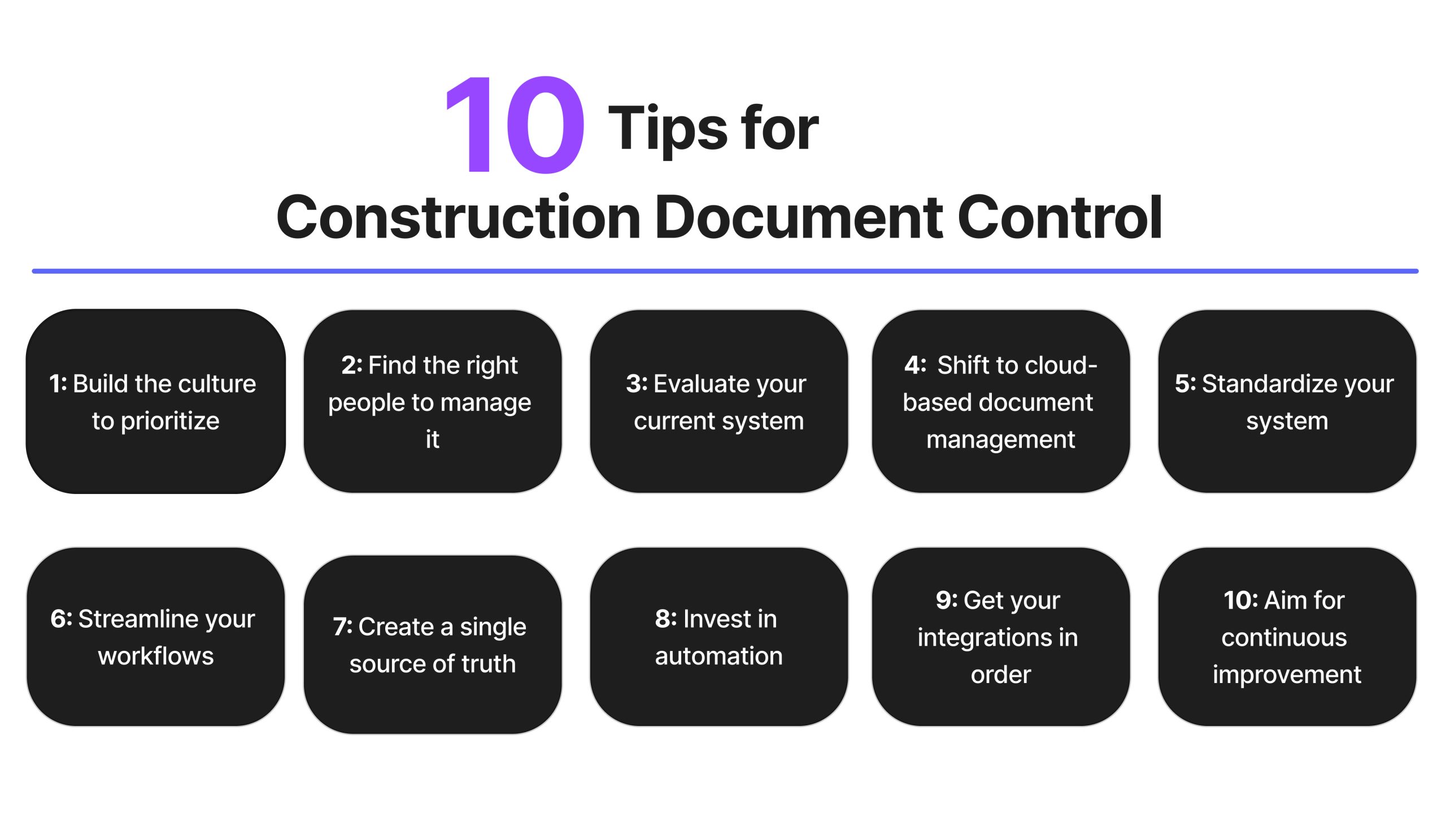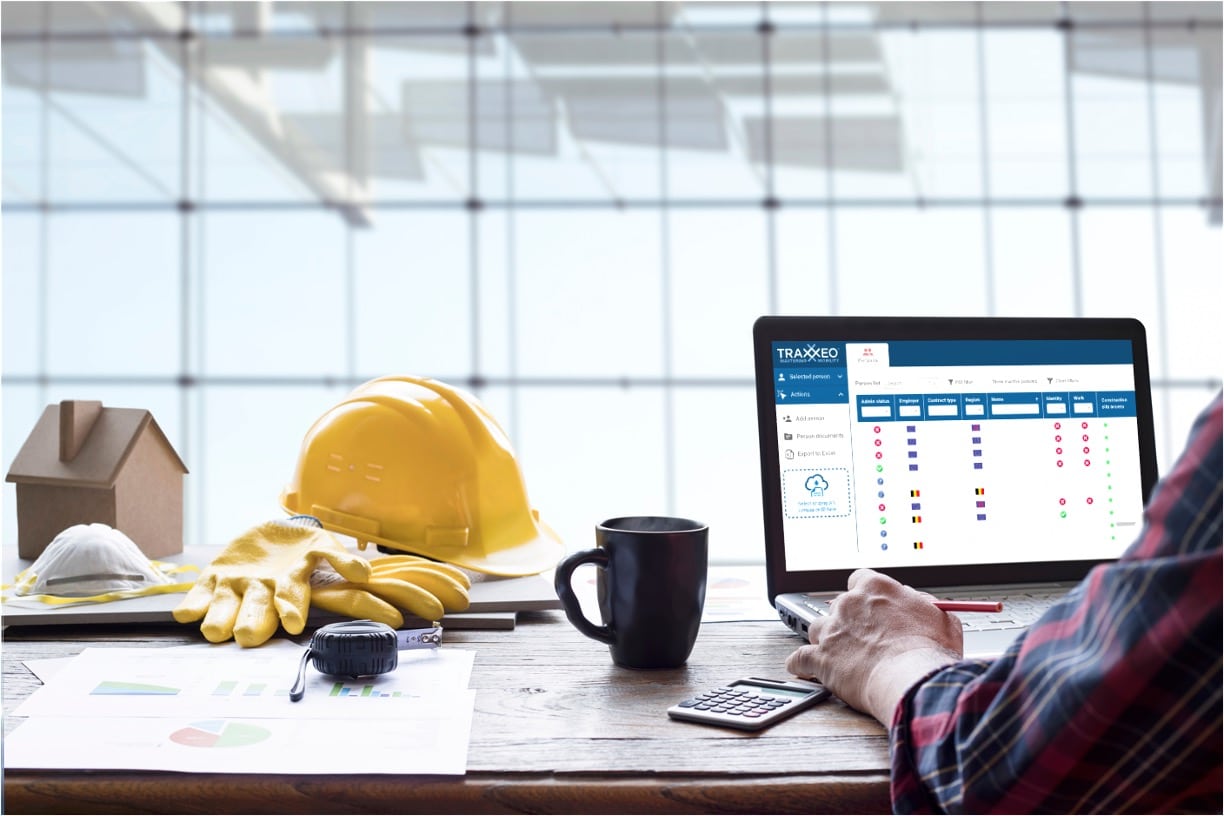Opening Efficiency: The Benefits of Construction Document Management Operating Systems
Opening Efficiency: The Benefits of Construction Document Management Operating Systems
Blog Article
Achieving Seamless Job Distribution: Architect's Comprehensive Technique to Building File Monitoring
One crucial aspect typically ignored is the monitoring of building papers, which offers as the foundation of every task. As engineers navigate the complexities of sychronisation, layout, and implementation, a detailed approach to record management arises as a linchpin for attaining smooth job delivery.
Significance of Building And Construction Record Administration
Efficient construction file management plays an important role in guaranteeing project success by helping with smooth communication and organization throughout the construction process. By preserving accurate and up-to-date building records, engineers can successfully communicate with specialists, subcontractors, and various other stakeholders associated with the task. These files function as a recommendation factor for all events, ensuring that every person is functioning from the exact same collection of details and lowering the likelihood of mistakes or misconceptions.
Furthermore, correct document management can boost job performance, minimize costly delays, and inevitably lead to the effective completion of construction jobs. Engineers that prioritize construction paper management established a strong foundation for project success and demonstrate a commitment to supplying high-grade results.
Key Aspects for Effective Documents

Offered the vital function that accurate and orderly building and construction documents plays in guaranteeing task success, it is necessary to identify crucial elements that add to reliable documents administration. Clear and succinct communication is paramount. All stakeholders need to understand the documents requirements and be able to gain access to and interpret the info conveniently. Second of all, developing standard themes and protocols guarantees uniformity across all project documents. This includes naming conventions, file frameworks, and alteration control to avoid errors and confusion. Regular reviews and updates are important to keep documents present and reflective of the task's progress. This practice assists identify any disparities or modifications that require to be dealt with without delay. Finally, carrying out a durable record monitoring system that permits for version control, accessibility constraints, and audit trails significantly improves the organization and security of job paperwork. By incorporating these crucial elements into building and construction paper administration techniques, architects can streamline processes, decrease mistakes, and ultimately add to the effective distribution of tasks.
Making Use Of Technology for Record Organization
Leveraging advanced electronic tools and software systems is important in enhancing the company and ease of access of building and construction documentation. Building companies can improve their file administration procedures by executing specialized software designed for the building and construction industry. These devices offer functions such as variation control, cloud storage space, and collaborative modifying capacities, making it possible for employee to work with records all at once and making certain everyone has accessibility to the most up-to-date details.
One secret advantage of utilizing technology for file organization is the capacity to create a centralized database for all project-related documents. By storing records in a safe and secure digital environment, architects can easily look, recover, and share information with stakeholders, lowering the danger of variation conflicts or lost documents. Additionally, progressed software services frequently incorporate metadata tagging and indexing performances, permitting users to classify documents successfully and fetch them swiftly when required.
Collaborative Techniques With Project Teams
To enhance task outcomes, architects should welcome collective techniques when collaborating with project groups to make sure smooth communication and coordination throughout the building process. Partnership with task teams is essential for designers to efficiently manage building projects. construction document management. By fostering open communication and team effort amongst all stakeholders, designers can enhance decision-making processes, address prospective problems proactively, and make certain that every person is lined up with the job goals
Engineers ought to establish clear lines of communication with engineers, specialists, clients, and various other key staff member from the outset of the project. Routine conferences, progression updates, and responses sessions ought to be set up to keep everybody notified and involved. Making use of collaborative task administration tools can likewise facilitate real-time details sharing and document collaboration, boosting transparency and effectiveness.

Best Practices for File Version Control

Conclusion
In final thought, effective construction record monitoring is critical for achieving smooth job delivery (construction document management). It is important for architects to carry out ideal methods in file monitoring to successfully browse the intricacies of building and construction jobs.
Reliable building and construction document monitoring plays a critical duty in guaranteeing task success by assisting in seamless interaction and organization throughout the building process. In addition, appropriate document monitoring can boost task efficiency, reduce costly delays, additional resources and eventually lead to the successful completion of building and construction jobs.To maximize task outcomes, architects must accept collective methods when working with job teams to ensure smooth interaction and sychronisation throughout the building procedure. Collaboration with job teams is necessary for engineers to efficiently handle building and construction tasks.In the realm of collaborative building project administration, maintaining precise control over record versions stands as an essential method article source for guaranteeing job honesty and communication.
Report this page